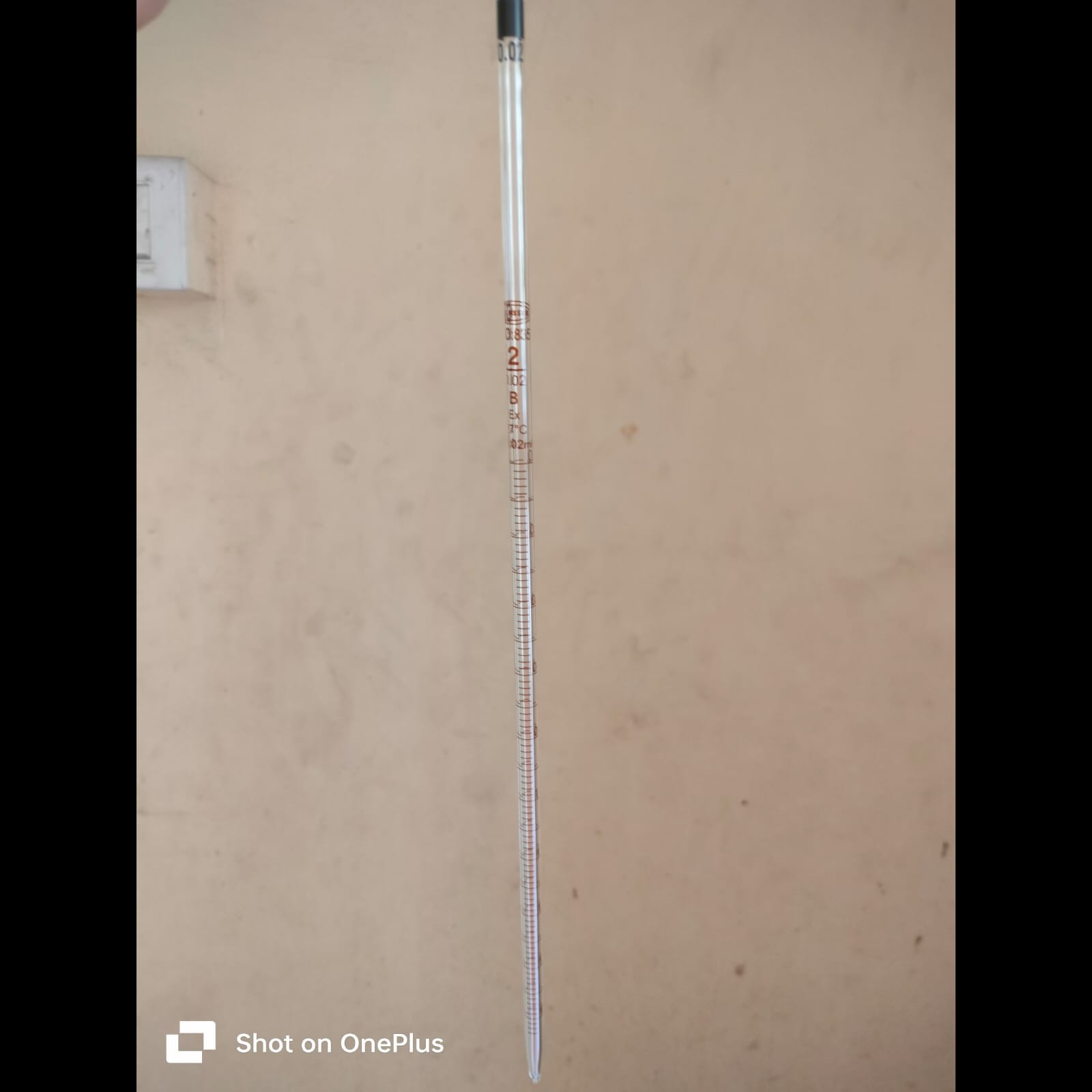
2025-07-29T10:30:45
A graduated pipette is a pipette with its volume, in increments, marked along the tube. It is used to accurately measure and transfer a volume of liquid from one container to another.[1] It is made from plastic or glass tubes and has a tapered tip. Along the body of the tube are graduation markings indicating volume from the tip to that point. A small pipette allows for more precise measurement of fluids; a larger pipette can be used to measure volumes when the accuracy of the measurement is less critical. Accordingly, pipettes vary in volume, with most measuring between 0 and 25.0 millilitres A Serological pipette is designed for use as a blow-out pipette. A Serological pipette also has graduation marks, which start nearer the end of the tip. The pipette can be blown out by gravitational force or air pressure. Rubber bulbs attached to the end opposite the tip are commonly used to 'blow out' any remaining solution. Having solution remain in the pipette can affect an experiment by allowing a discrepancy between what is measured and what is transferred. The designation of whether the pipette is 'to deliver' (TD) or 'to contain' (TC) is marked on most serological pipettes. Class B: The different between Class A/AS and Class B is that the error limits for Class B are twice that allowed classes A and AS, Class B pipettes can be made of plastic, and the delivery system (TD, Ex) waiting time isn't specified.

Have a question? Ask here!
Required fields are marked *